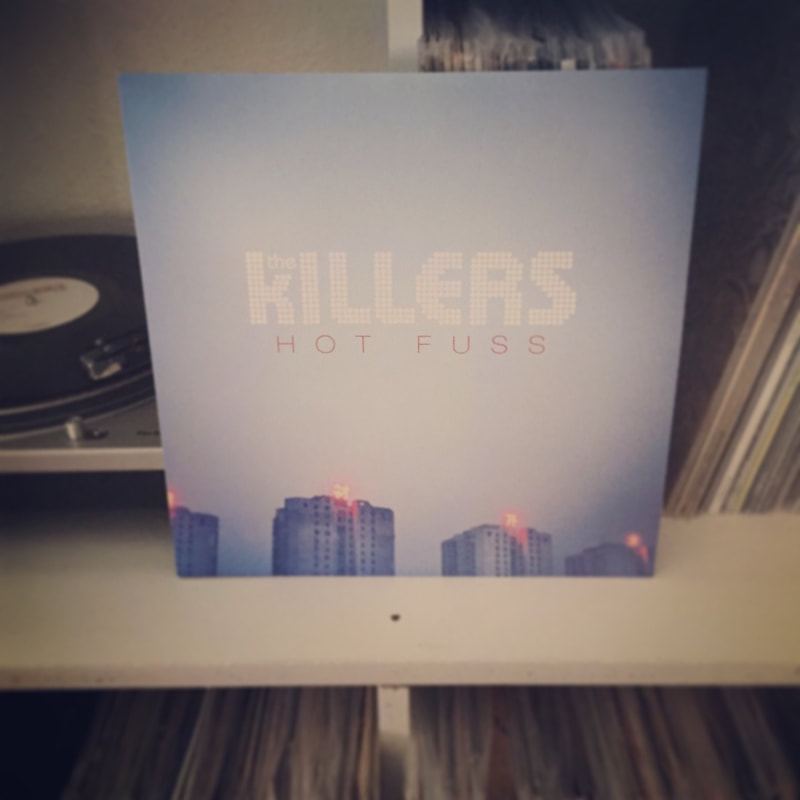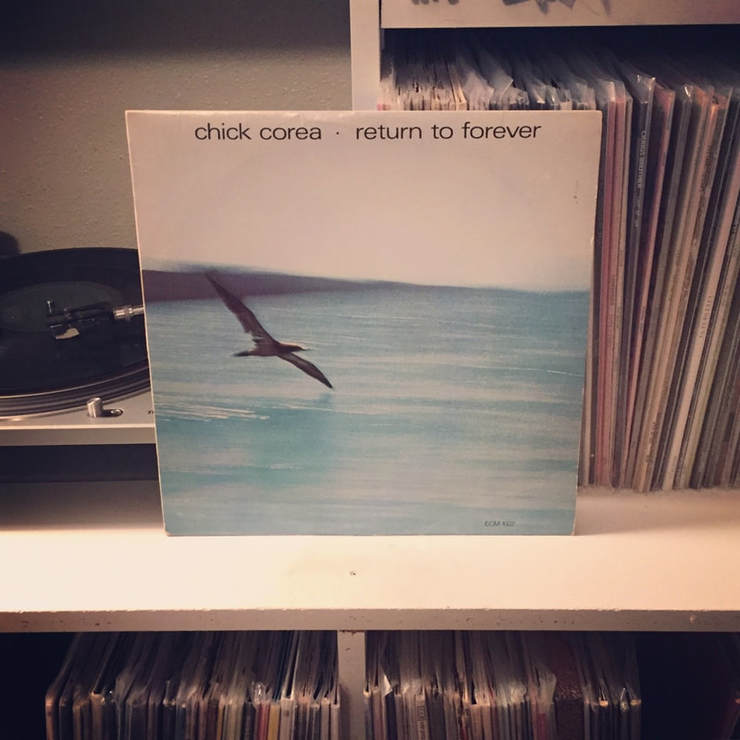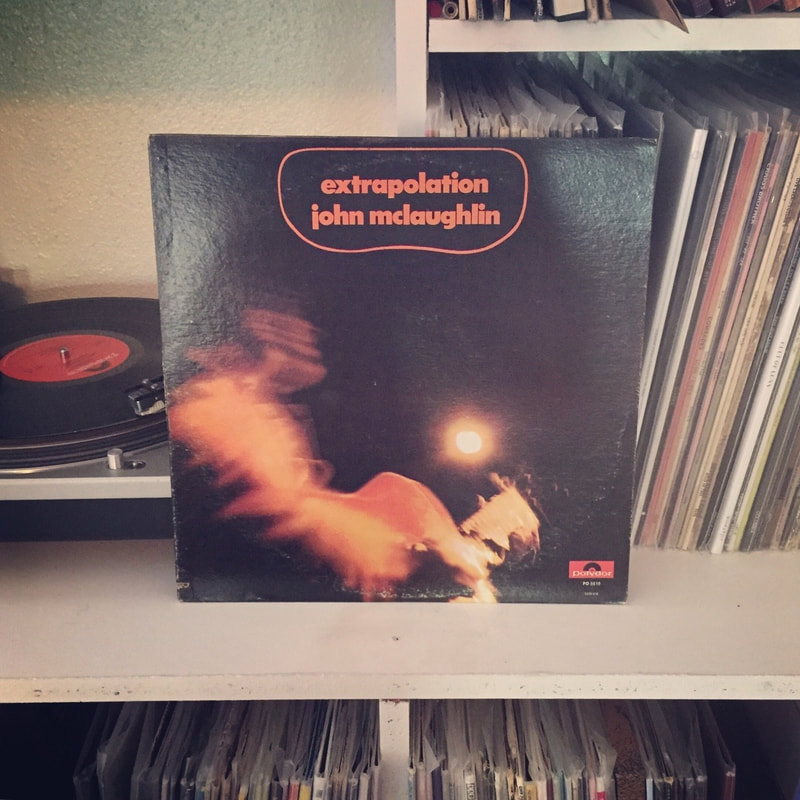We all assumed this was little more than an indie rock album filled with catchy songs. And there are hundreds of those released a year, but we aren’t still talking about them. But there’s something about this record that won’t let go of you. The earworms, synth lines, funky-as-hell bass riffs, and disaffected post-punk vocals are a Trojan horse for some incredibly fun and heart-tugging tunes. “Smile like you mean it” isn’t exactly an original sentiment, but Brandon Flowers sings it with an earnestness that makes you want to cry. Then he hits you with this verse: “Someone is calling my name from the back of a restaurant / And someone is playing a game in the house that I grew up in / And someone will drive her around down the same streets that I did…”
The album isn’t always this intimate though. Much of it is wrapped in the same irony that their new wave and post punk progenitors utilized. After all, is there any earnest way to sing, “Don’t you put me on the backburner” or “I’ve got soul but I’m not a soldier”? If there is, would you even want to mean those lyrics?
Much of the album’s power is in Brandon Flower’s ability to flip from a bleeding poet to a snarky comedian to whom nothing is sacred. But if it weren’t for the band’s ability to craft exciting rock and roll around it, it’d be for naught. The band riffs on New Order and Duran Duran as much as it does the Rolling Stones, and each with equal conviction.
It’s worth mentioning that when I first bought this CD, I was disappointed that all of the songs didn’t sound like “Somebody Told Me.” What a fool I was.









